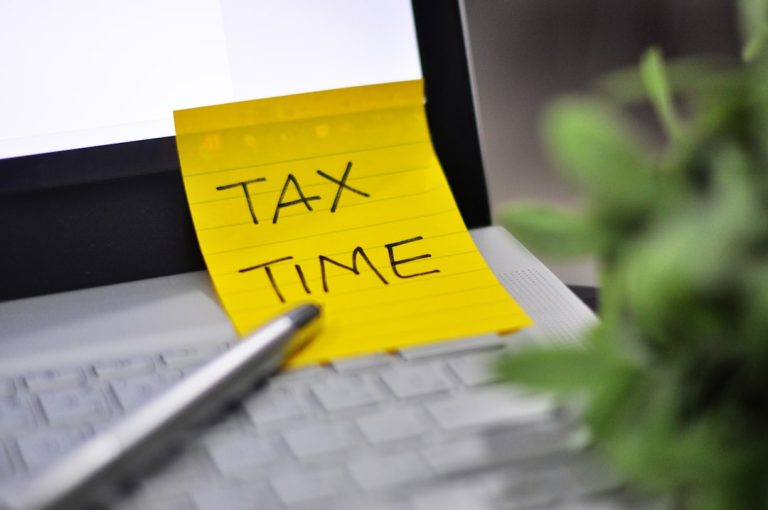Get clear answers to the most frequently asked questions about IRS Opportunity Zones and how they can provide tax deferment for your investments.
Introduction
Investing in distressed communities has gained significant traction as a strategy not only to achieve financial returns but also to foster economic growth in areas that need it most. The IRS Opportunity Zones (QOZs) program is a pivotal tool in this endeavor, offering tax incentives to investors who channel their capital into these underserved regions. This guide aims to demystify Opportunity Zones, addressing common questions and elucidating how they can be leveraged for tax deferment and strategic investment.
What Are Opportunity Zones?
Opportunity Zones are designated economically distressed communities where new investments, under specific conditions, may be eligible for preferential tax treatment. Established by the Tax Cuts and Jobs Act of 2017, the program aims to spur economic development and job creation in these areas by attracting private investment.
Designation and Coverage
Initially covering parts of 18 states, the designation of Opportunity Zones has expanded to include areas across all 50 states, the District of Columbia, and five U.S. territories. These zones are identified based on criteria set by the U.S. Census Bureau and certified by the Secretary of the Treasury via the IRS.
How Opportunity Zones Work
Opportunity Zones provide a series of tax benefits to investors, primarily through Qualified Opportunity Funds (QOFs). These funds are investment vehicles that aggregate capital from multiple investors to invest in Opportunity Zones.
Deferral of Eligible Gains
One of the primary benefits is the deferral of capital gains tax. Investors can defer tax on any prior eligible capital gains by reinvesting them into a QOF within 180 days of the gain. This deferral lasts until the earlier of the date the QOF investment is sold or exchanged or December 31, 2026.
Basis Reduction for Long-Term Investments
If the investment in the QOF is held for at least five years, there’s a 10% exclusion of the deferred gain. Extending this period to seven years increases the exclusion to 15%. Moreover, holding the investment for at least 10 years allows investors to exclude any additional gains from the QOF investment itself, promoting long-term investment in these communities.
Frequently Asked Questions
Do I Need to Live in a QOZ to Benefit?
No, residency in a QOZ is not required. Investors can take advantage of tax incentives by investing eligible gains into a QOF, regardless of their location.
How Are QOZs Created?
QOZs were introduced through the Tax Cuts and Jobs Act of 2017 and were first designated in April 2018. The designations are based on economic indicators that identify distressed communities in need of investment.
What Constitutes an Inclusion Event?
An inclusion event refers to any occurrence that reduces or terminates a qualifying investment in a QOF, such as selling the QOF investment or transferring it to another party. These events typically trigger the need to recognize deferred gains.
Can Non-Cash Property Be Invested in a QOF?
Yes, property other than cash can be invested in a QOF. However, only the gain up to the basis of the contributed property qualifies for deferral, even if the property’s value exceeds this amount.
Are There Specific Requirements for QOFs?
Yes, QOFs must file annual tax returns and adhere to investment standards, including a significant portion of their assets being invested in QOZ property. Additionally, they must comply with rules regarding the substantial improvement of property and original use requirements.
Benefits of Investing in Opportunity Zones
Tax Incentives
The most compelling advantage is the substantial tax incentives, including deferral, reduction, and potential exclusion of capital gains. These benefits enhance the attractiveness of QOZ investments compared to other investment vehicles.
Impact on Communities
Investors play a crucial role in revitalizing distressed communities, leading to job creation, improved infrastructure, and overall economic growth. This dual benefit of financial return and social impact makes Opportunity Zones a compelling investment avenue.
Portfolio Diversification
Opportunity Zones offer a unique diversification strategy for investors, allowing them to invest in a variety of asset classes within economically diverse regions.
How to Invest in Opportunity Zones
Identify Qualified Opportunity Funds
Investors should select QOFs that align with their investment goals and have a clear strategy for investing within QOZs. Due diligence is essential to ensure the fund complies with all IRS requirements.
Timely Reinvestment
To benefit from the tax deferral, eligible gains must be invested in a QOF within 180 days of the gain realization. This requires careful planning and coordination with financial advisors.
Long-Term Commitment
Maximizing tax benefits necessitates a long-term investment horizon. Holding QOF investments for the required periods ensures eligibility for the full range of tax incentives.
Conclusion
Opportunity Zones present a unique intersection of financial opportunity and community development. By understanding the mechanisms and benefits of investing in distressed communities through QOZs, investors can make informed decisions that yield both economic returns and societal benefits.
Ready to take advantage of Opportunity Zones and maximize your investment potential? Visit Oriel IPO today to connect with UK startups and investors focused on tax-efficient investment opportunities.



